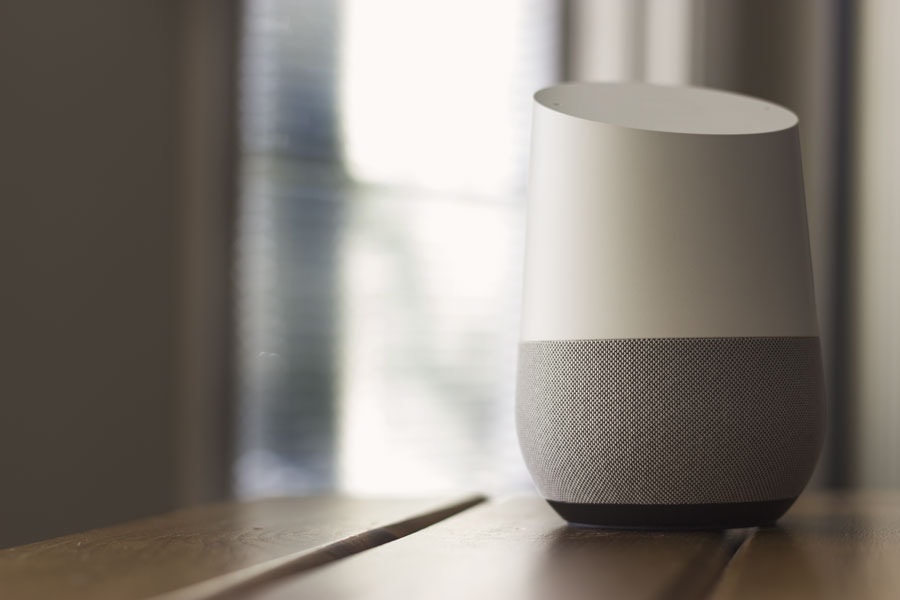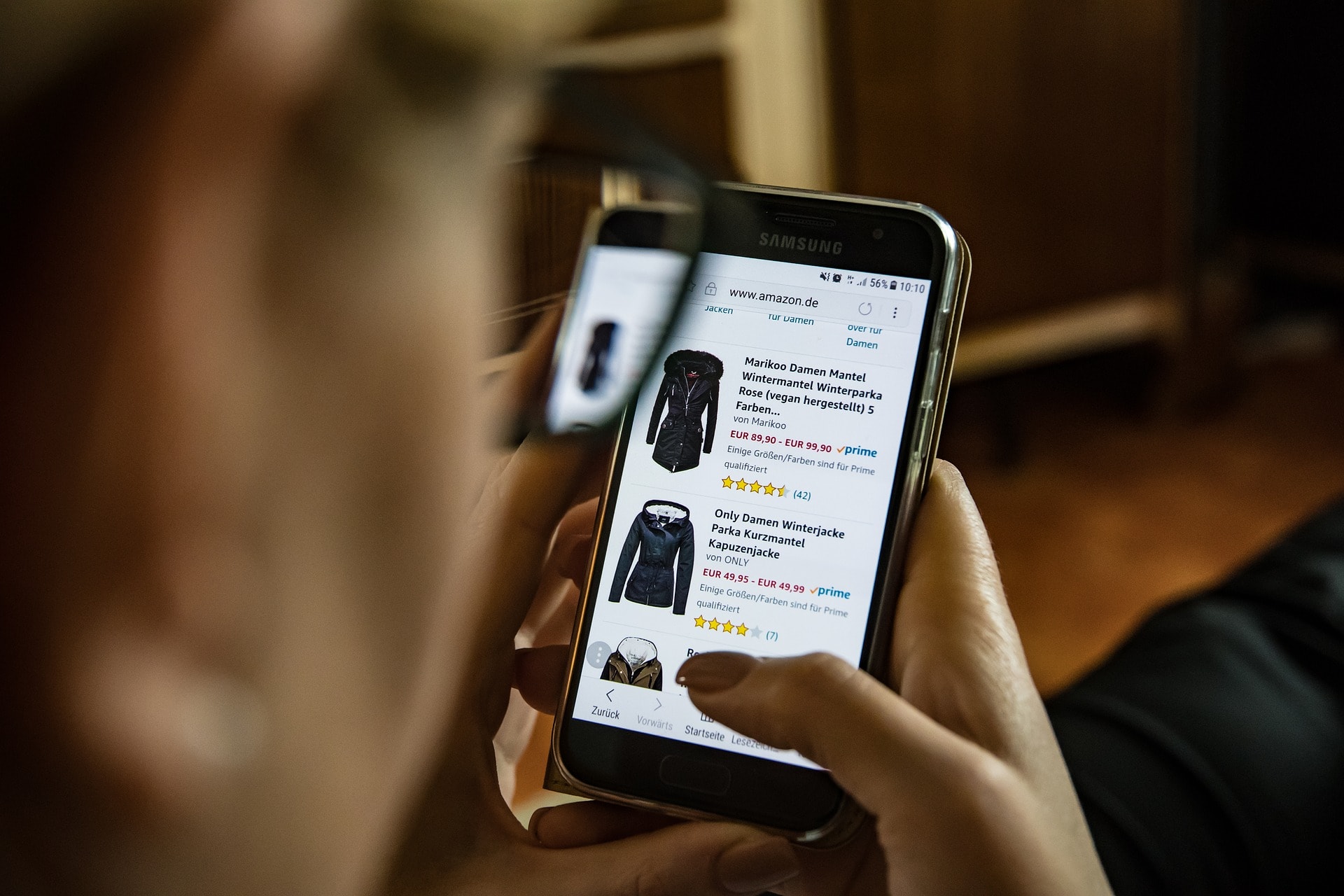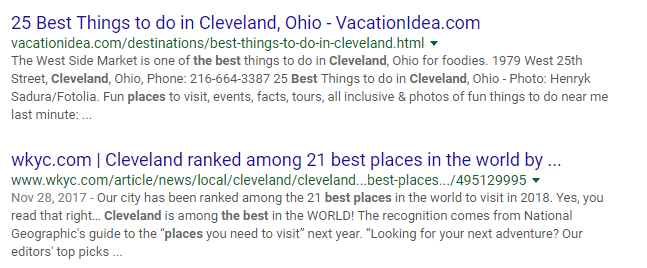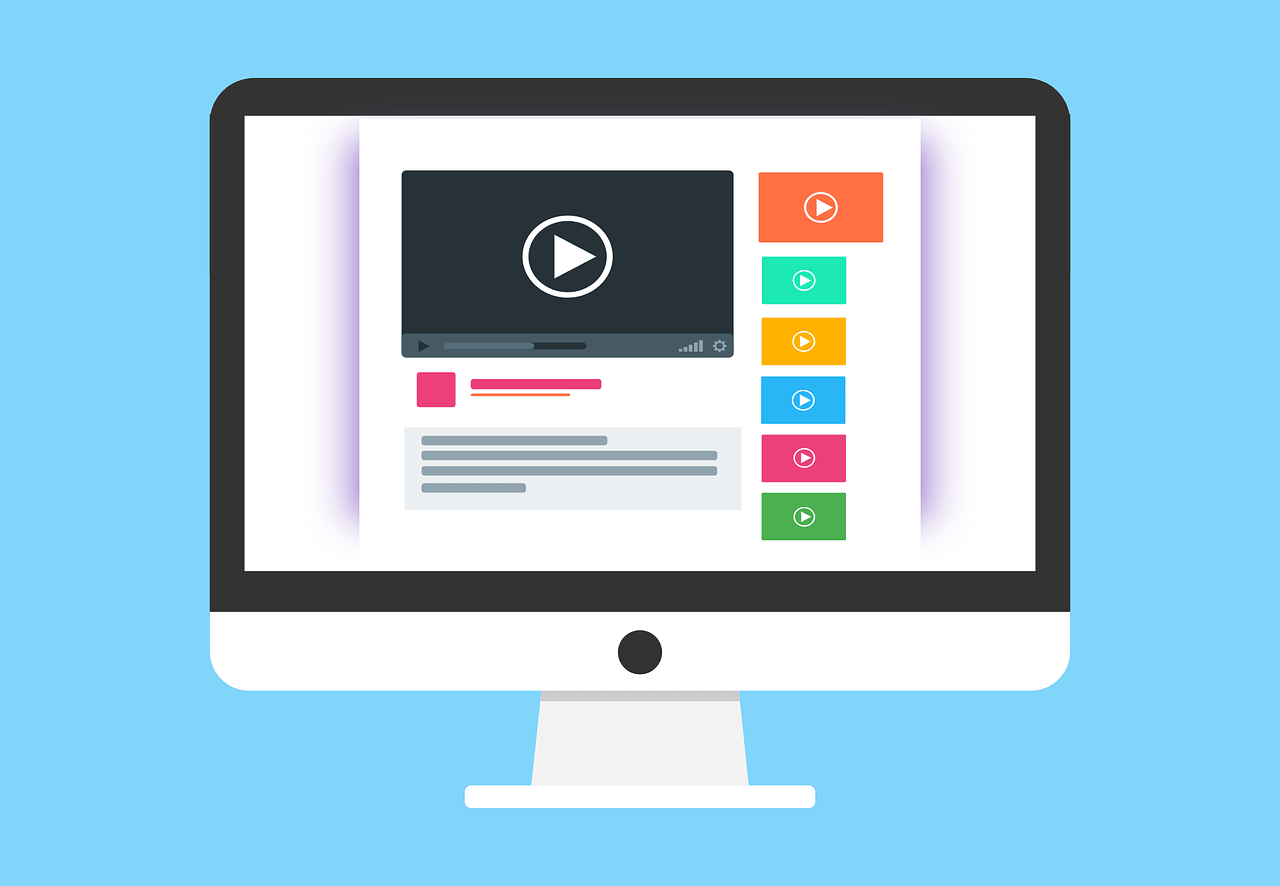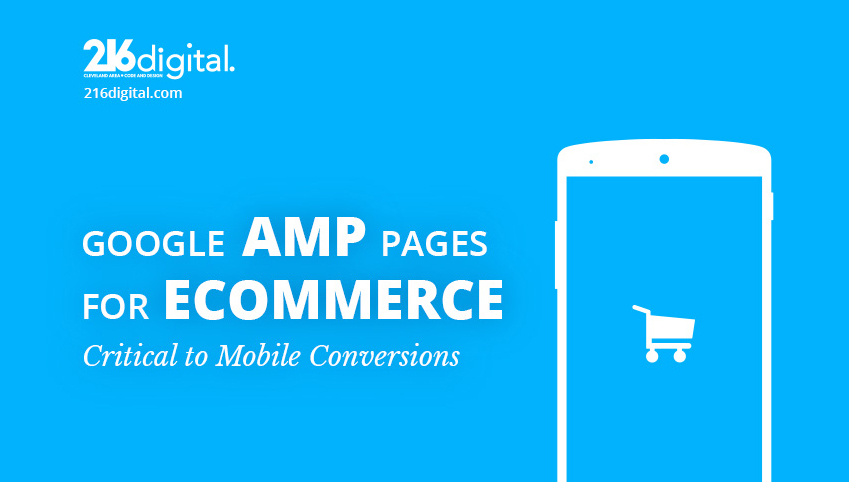Most of us can hardly conceive what life would be like without the internet. The ability to have the world at your fingertips or the click of a mouse. But what if you can’t use a mouse? What if you can’t see the screen of your computer or hear a video playing?
As soon as we ask these types of questions, we can begin to see how the internet can create barriers, leaving some users frustrated and reliant on others. However, once we can recognize these barriers, we can begin to remove them, creating web content, design, and tools that everyone can use regardless of their ability. Here is an introduction to the basics of web accessibility.
What is Web Accessibility?
We have all experienced the annoyance of squinting at a poorly selected font, blurry images, or trying to navigate a page that is not compatible with mobile devices. While these issues are a slight inconvenience, they can restrict or eliminate their internet usage to some.
Web accessibility provides everyone with the same access to digital information without any hindrance, regardless of impairments or disabilities. Users should be equipped with the tools and capabilities to aid in the website’s perception, understanding, contribution, navigation, and interaction.
Why is Web Accessibility Important?
The internet is an essential resource in almost every aspect of life. During the 2020 COVID pandemic, the internet became a lifeline to many, keeping the world connected. The high rate of digital adoption within the past two years has revolutionized our lives and society. Still, a significant percentage of the world’s population is limited or cannot use the internet due to accessibility barriers.
Web Accessibility for Users
Accessibility barriers hinder users with disabilities from interacting and experiencing the internet. According to the World Health Organization (WHO), over 1 billion people have some disability, with the rates continuing to rise from chronic health conditions and population aging.
There are three disabilities or impairments: conditional or situational, temporary, and permanent. Conditional or situational impairment is the difficulty accessing digital information due to the situation. An example of situational impairment would include noise, poor lighting, distractions, or slow internet speed. Permanent and temporary disabilities are more commonly associated with disability, including visual, hearing, neurological, cognitive, and motor issues.
Web Accessibility Benefits for Your Business
Web accessibility often is thought only to remove barriers for users facing disabilities. However, accessibility can be just as beneficial for your online business as it can its users.
Brand Reputation
Having an accessible website creates an inclusive environment for your users while providing them with more meaningful interaction with your website and brand by building trust and reputation. For instance, Facebook has been praised for ensuring its site accommodates blind users.
Expanding Market
Your online business lives and breathes according to your customers. The internet is the best place to reach out to customers and expand your market. By making your website accessible, you will cater to an estimated $1.2 trillion market that the competition could be overlooking. As a result, you are increasing your customer retention and acquisition.
Legal Compliance
Additional, by ensuring your website is accessible, you could mitigate a frivolous ADA lawsuit. One lawsuit is filed every hour either in federal court or in California under the Unruh Act directly violating ADA guidelines.
Web Accessibility can be beneficial for both your customers and your business. But what are the guidelines for Web Accessibility, and how are they determined?
Website Accessibility Guidelines
Users with a disability can change how they interact with the internet using assistive software. However, how users interact is not always predictable. For instance, an individual with low vision could use a screen reader or screen magnifiers. Ideally, a website’s content should be accessible for all users, including users who require assistive software.
The Web Content Accessibility Guidelines (WCAG) are the most widely cited international standards for web accessibility. WCAG included specific checkpoints and recommendations based on a principle-based approach to ensure all users can share in the same experience.
The Four Principles of Website Accessibility
WCAG’s principle-based approach is the foundation for producing content and for anyone who wants to use the web. POUR is an acronym that describes accessibility as perceivable, operable, understandable, and robust.
Perceivable
The state or quality of information and elements on a website has to be capable of being perceived through the senses, leaving nothing left undetectable or invisible. Most users perceive information relying on visuals or sight. Visually impaired users perceive information through sound or touch. For instance, if a user cannot see an image, how can they perceive the content of the article they are reading? Images with well-written alternative text can provide context, allowing them to still perceive the content just as individuals with sight.
Operable
Users must be able to operate a website’s interactive elements. Interactive interface elements such as buttons, navigations, or controls should operate for all users. Users must operate the interface elements by first identifying them and engaging with them. For instance, have you ever tried to click a submit button on a website, and nothing happened? Your interaction with the malfunctioning button has limited your experience or has prevented you from using the website how you intended.
Users who cannot interact with elements physically by clicking, or tapping, rely on the tab key, voice commands, or other assistive devices to engage with elements. Websites should not require actions that some users cannot perform. Some users will even not use your website if they cannot function with a keyboard alone. These barriers can limit your website’s reach and create a poor users experience for all users.
Understandable
Websites should be clear and concise in presentation and format, with predictable patterns of use and design. Users should have no issue comprehending the meaning and purpose of the presented information. The “understandable” principle also applies to user interaction elements such as buttons, semantic markups within the code, and other elements to your site. Everything should have a purpose and a meaning behind your site’s content.
Robust
Robustness is the ability for content to function reliably using various technologies, including assistive devices. Websites need to provide the same information and interactivity, regardless of access through screen readers, touch screens, or web browsers.
The lack of these four principles will make your website inaccessible to your users. Therefore, the WCAG recommendations branch out into more detailed levels of accessibility based on these four leading principles. There are three compliance levels: A, AA, and AAA. Each level increases the requirements for web accessibility compliance, grading the website based on the requirements met.
Closing
The internet has become a modern necessity to everyone, offering independence and freedom unavailable through any other medium. We need to start asking how users interact with our websites and break the barriers to create a more inclusive online environment through web accessibility. Web accessibility allows everyone to access the same digital information without hindrance, regardless of impairments or disability. Providing the tools and capability to your user’s aid in your site’s perception, understanding, contribution, navigation, and interaction.
As you become aware of the importance of web accessibility and its impact on both your company and your customers, it is essential to know you are not alone. Integrating accessibility can seem intimidating at first, but 216digital is here to help. We have a passion for web accessibility and ensuring your business is thriving in a continuously growing medium. If you would like more information on web accessibility or how to make your website accessible today, schedule a 15-minute complimentary consultation with our experts or request a free ADA compliance scan today by clicking the link below.















